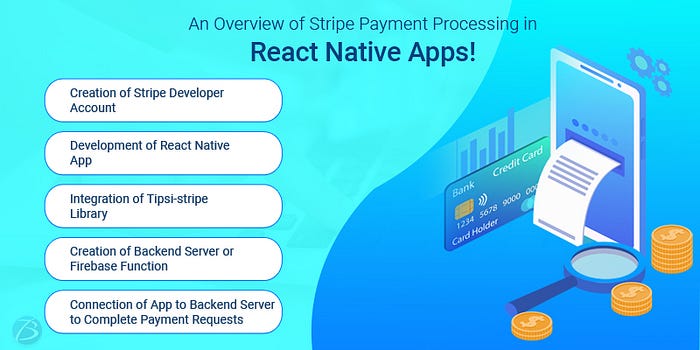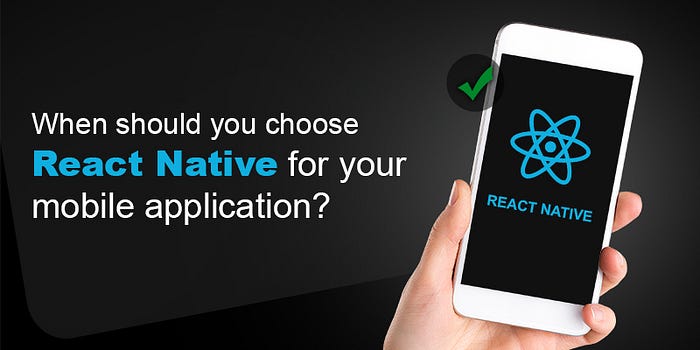
“Have you thought of a sensational app idea, but unable to decide the right software development framework for it?” Well, this is a common issue faced by several app creators and even businesses planning to build cross-platform applications, as there are a host of outstanding frameworks to choose from.
As per the latest trends, the leading cross-platform app development frameworks are React Native and Flutter. Facebook, Bloomberg, Instagram, Myntra, Pinterest, Office365 apps, etc. are products of React Native app development while Google Ads, Alibaba, Hamilton Musical, Coach Yourself, etc. are products of Flutter app development. Both of these frameworks are loaded with several goodies. Hence, a thorough comparative analysis of these frameworks is necessary before choosing any of these.
My article compares Flutter and React Native, weighing their upsides and downsides. Reading this article will guide you through selecting the right app development framework to shape your app idea.
React Native vs Flutter: Faceoff
React Native, introduced by Facebook in 2015, is an open-source app development framework targeting the Web, iOS, Android, and UWP.
Google’s brainchild, Flutter came into being in 2017. It is an open-source UI toolkit for developing apps for iOS, Android, Windows, Google Fuchsia, Linux, Mac, and the web.
Let’s compare them based on the following parameters.
Programming languages used
React Native is based on JavaScript, a popular programming language. The good news is that most professional developers have experience in working with JavaScript, and so a React Native app development company can easily find the required expertise.
Flutter uses Dart, a new programming language coined by Google that is not known to many developers. However, Dart is easy to master as it enables faster compiling of the native code and allows easy customization of widgets. But, one of its major downsides is that Dart skills cannot be used for non-flutter projects.
Inference: Although Dart is developer-friendly and has an easy learning curve, React Native is preferred owing to the huge resource availability for JavaScript. However, it is advisable to try Flutter, if your development team lacks prior technical experience.
UI and UX
React Native offers the following benefits regarding the UI and UX:
- The users experience a nearly-native look and feel as the widgets and buttons appear in the form of native components. As such, even Hybrid Android and iOS apps built in React Native provide a native app experience.
- Whenever the UI of the Operating System is updated; the app components get updated simultaneously.
- The React Native Developers can choose from a wide variety of external UI kits like React Native Elements, React Native Material Kit, Native Base, etc. UI kits offered by React Native are far more in number than Flutter.
- React Native provides good support to the style components of iOS.
Flutter offers the following features for User Interface.
- Flutter uses the proprietary interactive, platform, and visual widgets that are nothing but built-in UI components. These built-in components replace native components.
- Owing to its layered architecture there is good UI flexibility. It simplifies as well as fastens the processes of rendering graphics and customizing the widgets.
- Flutter’s widgets namely Cupertino and material design allow the developers to copy platform-specific native components.
- The pixel rendering feature in Flutter helps to manage each pixel on the screen. This makes the User Interface appear the same regardless of the device on which the app is installed, thereby minimizing support woes.
Inference: React Native delivers a nearly-native UX whereas Flutter provides more flexibility for creating the UI design.
Code Styling and Structure
Flutter app development eliminates the need to separate templates, data, style, etc. It allows developers to code anything from a single centralized location and gives access to all the necessary tools. But, as of now the code-sharing functionality has been implemented for Android and iOS apps only.
React Native has a more complicated code structure as compared to Flutter but employs third-party libraries to share the code across iOS, Android, Windows, and the web.
Inference: Despite Flutter’s simple and organized code structure, React Native is one step ahead as it provides more code-sharing options, enabling developers to focus on code creation without worrying about compatibility concerns.
Performance
React Native uses JavaScript for connecting with native components through a bridge whereas Flutter eliminates the need for a bridge for interacting with native components. This speeds up the developmental process.
While architecting hybrid apps with React Native, it becomes quite complex and challenging for React Native developers to run the libraries and native components without issues. Flutter contrarily eases out things for developers as the existing code can be reused effortlessly. Also, Flutter is supported by the C++ engine which ensures better performance in the end-product.
Unlike React Native, Flutter has been compiled into the native ARM code for iOS as well as Android, and so it never encounters any performance woes.
Inference: Flutter surpasses React Native in terms of performance.
Other differences
- React Native offers APIs that support Bluetooth, Geo-location, and other features. If there is a requirement for native interfaces like Wi-Fi, NFC payments, biometrics, etc., React Native is the right choice. But it lacks the tools required to customize the graphics. Flutter, apart from easily offering various APIs, makes use of the Skia Graphics Library that processes the graphics and loads apps faster.
- Owing to the ready-to-use components, React Native involves a speedier development cycle than Flutter.
- Flutter’s documentation is well-organized, detailed, and easy to understand while React Native’s documentation is a bit disorganized.
- Hot Reloading works much faster in Flutter than in React Native.
- Flutter, being a newbie lacks the strong community support that is enjoyed by React Native.
- React Native offers lesser testing tools and depends on third-party toolsets. Flutter, on the contrary, offers a rich toolset to test apps at the widget, unit, and integration levels.
Final Verdict
Both Flutter and React Native possess specific strengths and have some drawbacks too. Therefore, the choice of framework depends on your project requirement.
In case of any assistance, contact Biz4Solutions, a leading mobile app development company, offering React Native as well as Flutter app development services. Write to us at sales.enquiry@biz4solutions.com.
To know more about our other technologies, refer to links below:
Mobile App Development Companies
Angular App Development Company

 Log in with Facebook
Log in with Facebook 










